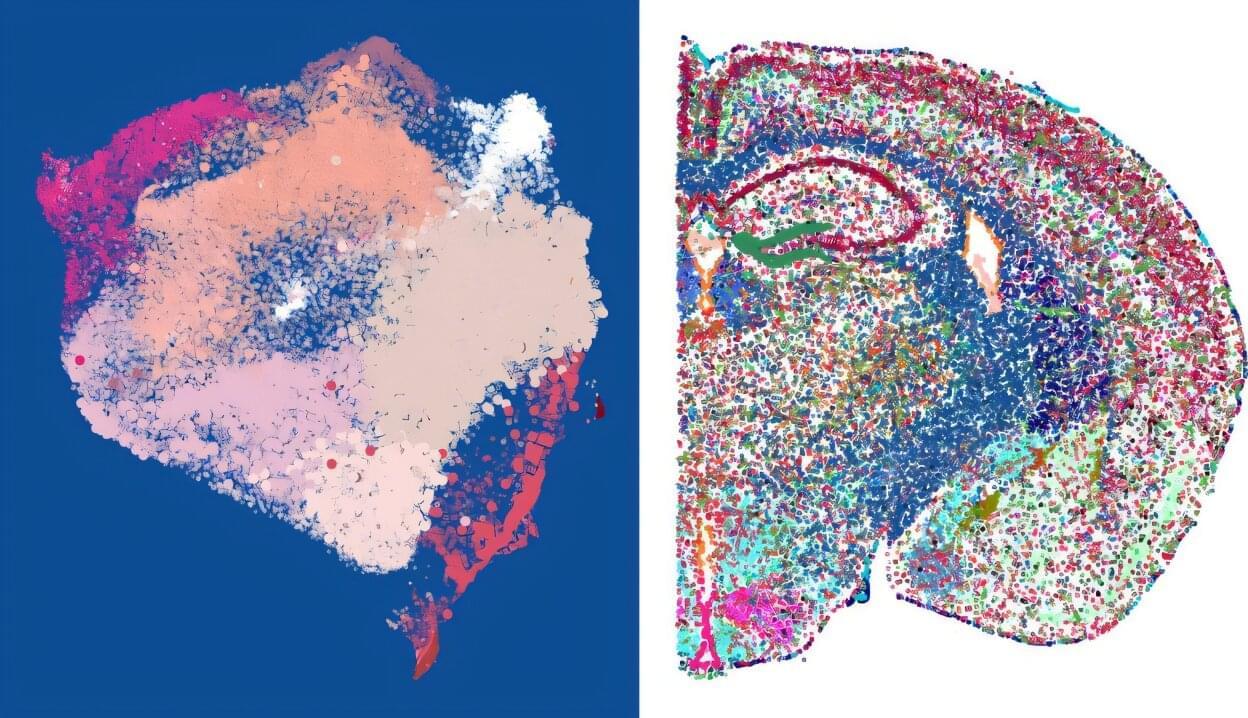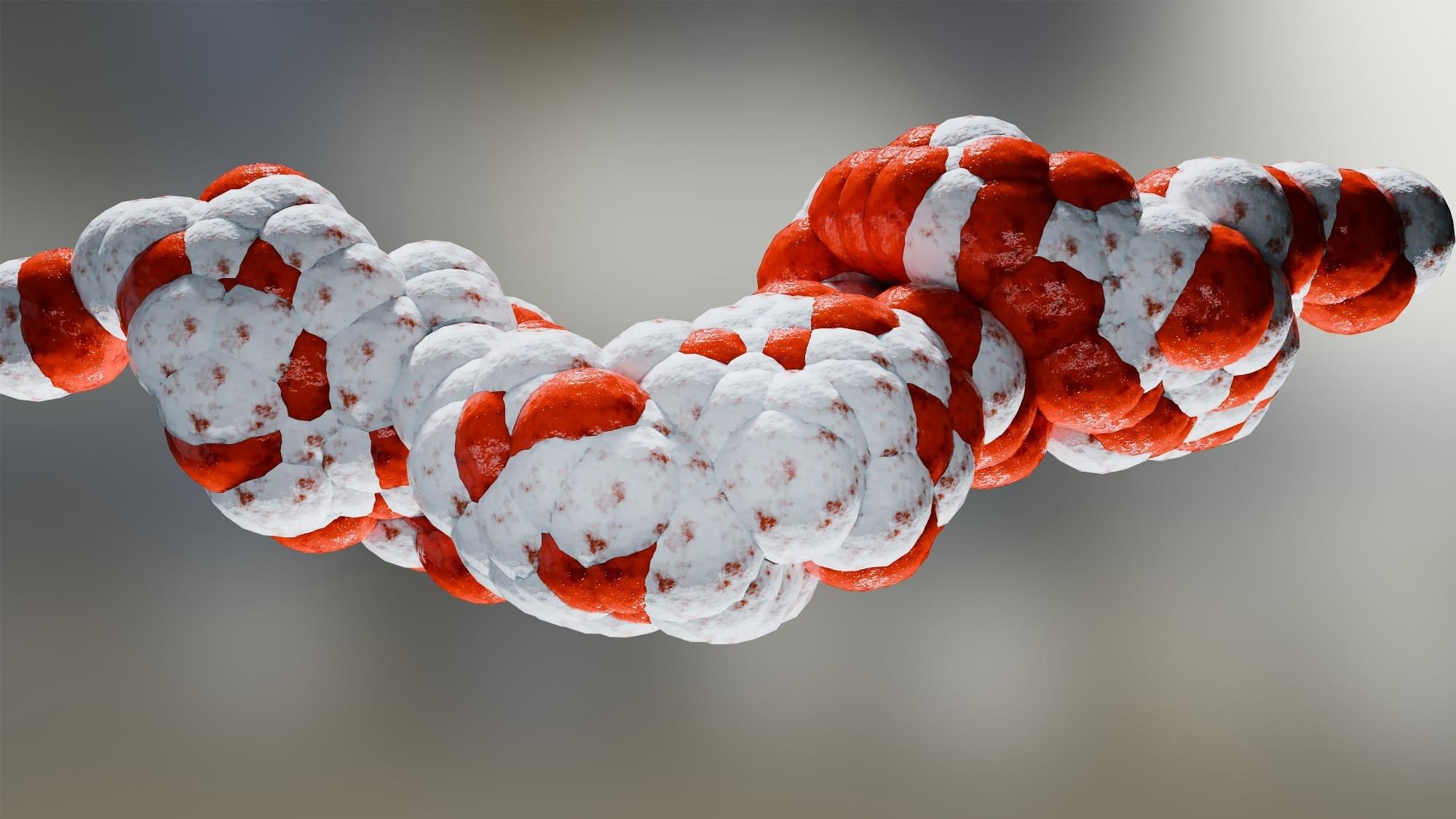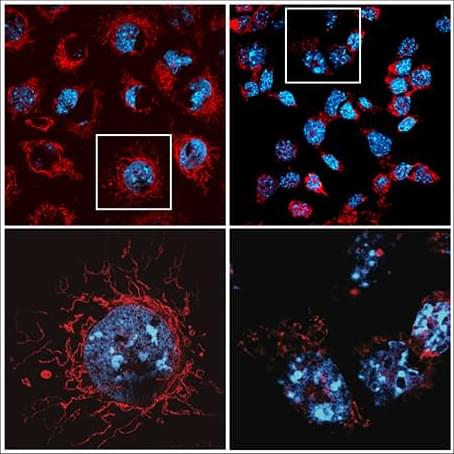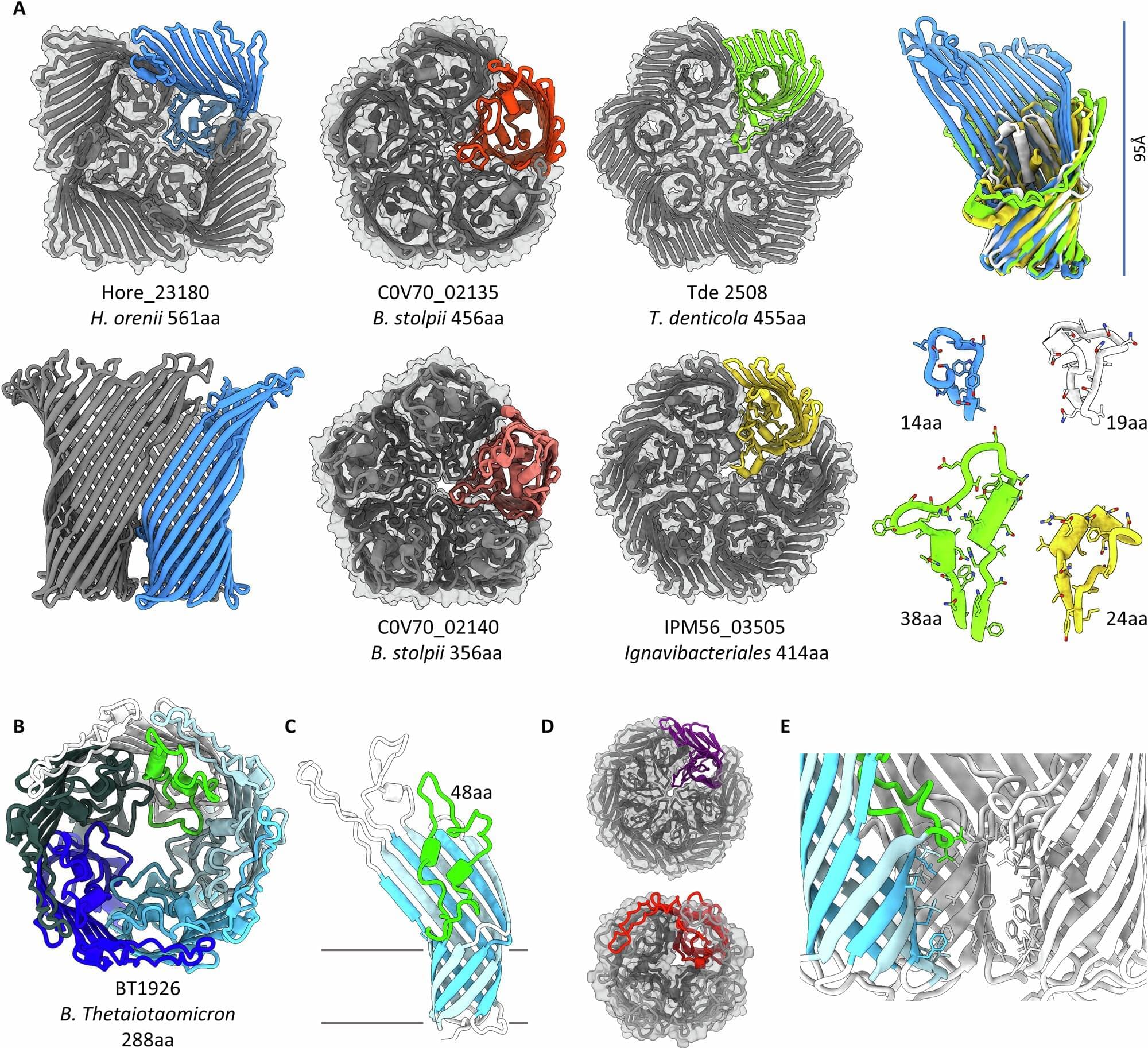In recent years, the analysis of single-cell and spatial data has revolutionized biomedical research, making it possible to observe what happens in biological samples with an unprecedented level of detail. Interpreting this data, however, is not easy because different software offers different results which are hard to compare.
Taking this issue as the starting point, a research group from the University of Trento has developed the “Cell Marker Accordion,” a bioinformatics tool that makes the identification of cell types in the new generation data clearer and more robust. The results of the research, conducted in collaboration with Yale University (United States), the University of Trondheim (Norway), Policlinico di Milano and the Institute of Biophysics of the National Research Council—CNR, are published in Nature Communications.
“With Cell Marker Accordion we wanted to build a tool that helps researchers not only to classify cells, but also to understand why they have been classified in a certain way,” explains Emma Busarello, a Ph.D. candidate in biomolecular sciences at the University of Trento and first author of the work.









